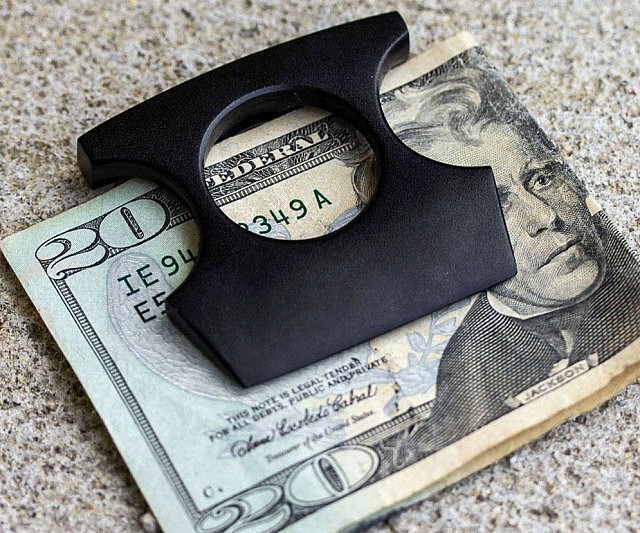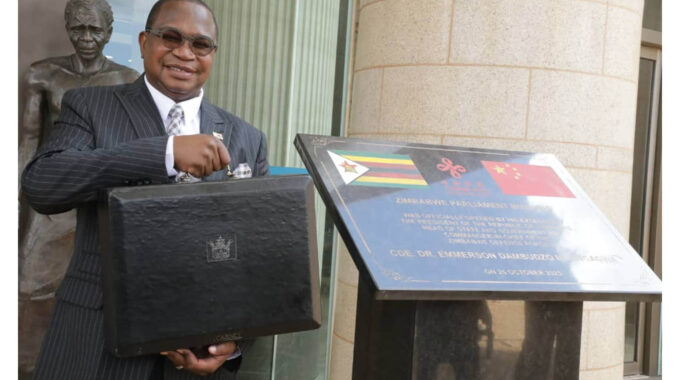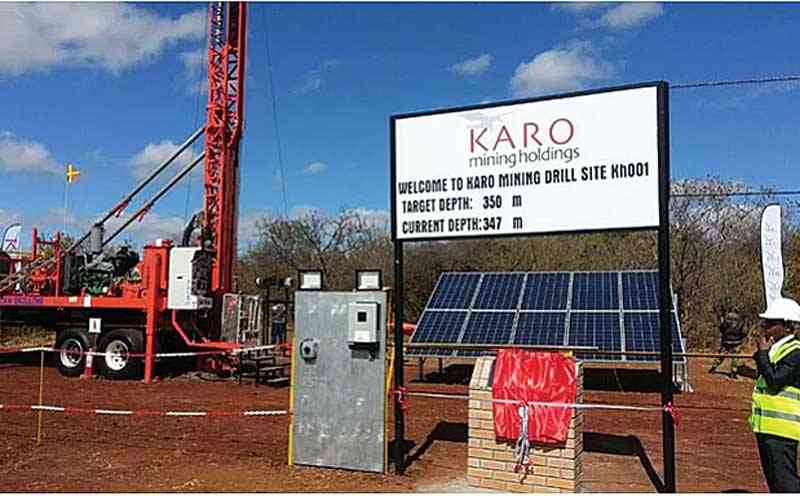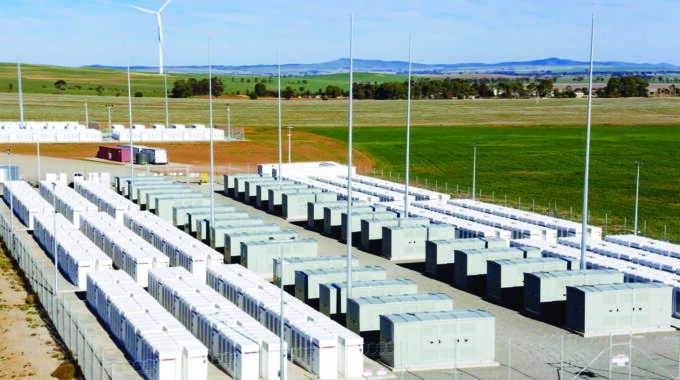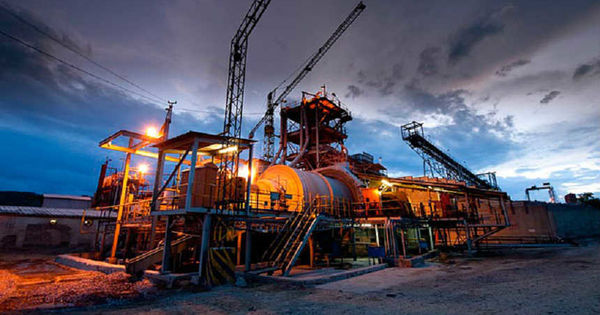BNC posts 8 percent revenue decline
BINDURA Nickel Corporation (BNC) that migrated to the Victoria Falls Stock Exchange, says its revenue base decreased by eight percent to US$32,5 million in the half-year ended September 30, 2022.
The company, which is also a member of the Kuvimba Mining House (KMH) Group that is owned by the Government and various local investments vehicles such as the Sovereign Wealth Fund of Zimbabwe and the Public Service Pension Management Fund, attributed the decline in its revenue to low nickel sales volume during the period under review.
In December last year, BNC officially listed to the United States dollar-denominated Victoria Falls Stock Exchange transferring from the Zimbabwe Stock Exchange in a development that will see the mining house raising funding for its various capital expenditure programmes.
In a statement accompanying interim condensed financial results for the six months to September 30, 2022, BNC indicated that the cost of sales increased by 29 percent to US$31,5 million compared to US$24,3 million for the same period last year.
This was mainly due to three factors which are an increase in depreciation charges on capitalisation of assets, increase in local operating costs which tend to be influenced more by the alternative market exchange rate, as well as the high cost of maintaining the old and obsolete mining equipment.
“Revenue decreased by 8 percent from US$35,3 million for the same period last year to US$32.5 million, on account of low nickel sales volume during the period.
“A gross profit of US$1,05 million was 90 percent lower than last year’s figure of US$10,9 million in line with the decrease in nickel sales volume.
“Nickel sales volume was 2 146 tonnes, which was lower than last year’s sales of 2 549 tonnes,” said the company, adding that the average London Metal Exchange (LME) Nickel price of US$25 542 per tonne was 40 percent higher than the previous year’s price of US$18 233 per tonne reflecting the global increase in nickel prices.
During the period under review, ore milled was 230 248 tonnes and this was five percent lower than the 241 325 tonnes milled in the same period last year, due to lower mined volumes.
BNC said its production performance has been negatively impacted by a decline in the footprint of the high grade massive resource which necessitated a rapid transition in the mining model from a low-volume, high-grade strategy to a low-grade, high-volume strategy.
“Unfortunately, the transition is behind schedule due to a delay in the delivery of new underground mining mobile equipment which is a prerequisite to the realisation of the new mining strategy.
“The delay in the delivery of equipment was due to disruptions in the global supply chains, as a result of the protracted effects of the Covid-19 pandemic and the ongoing geo-political tensions related to the Russo-Ukraine conflict.
“In line with its new mining strategy, the business continued with its capital expenditure/re-investment programme, with specific emphasis on replacing the dilapidated and obsolete underground mining mobile equipment.”
During the period under review, BNC continued with its on-going programme to replace old and obsolete underground mining mobile equipment with a total capital expenditure amounting to US$3,5 million.
The company is expecting delivery of most of the acquired mining mobile equipment before the end of the calendar year 2022.
The new equipment will enable the transition into the new mining strategy, leading to an anticipated upswing in ore volumes and a return to profitability in the second half of financial year 2023.
In the outlook, focus during the remainder of the year will be on recovering the nickel in concentrate production deficit and managing costs.
“The equipment recapitalisation programme will have a positive impact on the ore volumes the company can produce and the rate of development underground, thus addressing the grade challenges, and ultimately the cash flows generated from operations.
“The price of nickel, which was initially forecast to be US$21 000 per tonne for FY2023, has of late been on an upward trajectory, reaching the US$29 000 per tonne mark.
“Should this higher price continue to obtain into the near future, the company will be able to significantly recover from some of the financial losses incurred to date,” it said.
“On the other hand, there is a likelihood that nickel prices may be pressured downward by negative macro dynamics such as the global monetary policy tightening, a Chinese economic downturn, the increased likelihood of a global economic recession and heightened geopolitical tensions.”
On the fundamental side, BNC said the global nickel supply-demand balance in the second half of FY2023 is expected to be a 37 kilo-tonnes surplus as Indonesia supply growth outpaces demand.
Demand is expected to be lower because of the high energy prices that have seen smelters curtail production both in Asia and Europe.
“The average LME nickel price is forecast at US$21 700 per tonne in the second half of FY2023 and to be above US$23 000 per tonne in the calendar year 2023,” it said.-ebusinessweekly



